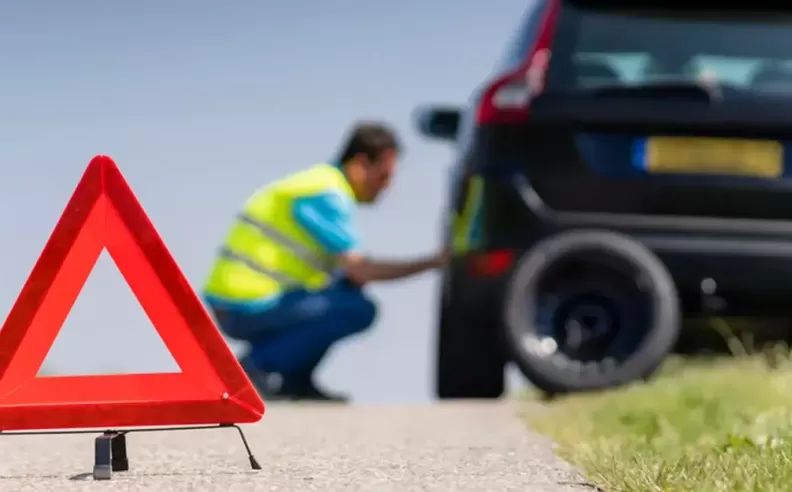
Drivers across the region often report strange noises when changing gears, and these sounds should never be ignored. Whether the car is manual or automatic, hearing a clicking, grinding, or squeaking noise while shifting can signal underlying mechanical or electronic problems. If left unchecked, the issue can quickly escalate into major transmission damage and higher repair costs.
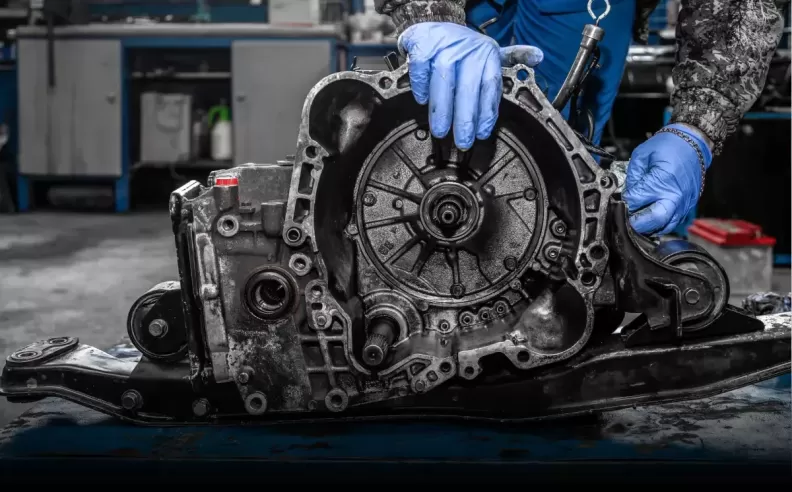
One of the most common causes in manual cars is a worn clutch that makes it harder to engage gears smoothly. Another frequent culprit is transmission oil that is either too low or has lost its viscosity, which increases friction and creates unwanted sounds. Worn gears or damaged internal teeth often produce a grinding noise, especially in first and second gear. In some cases, a faulty synchronizer in manual transmissions can cause harsh metallic clicks, while in automatic cars, problems may point to a torque converter or electronic control malfunction. Even a damaged engine or transmission mount can generate a rattling or knocking sound during shifts.
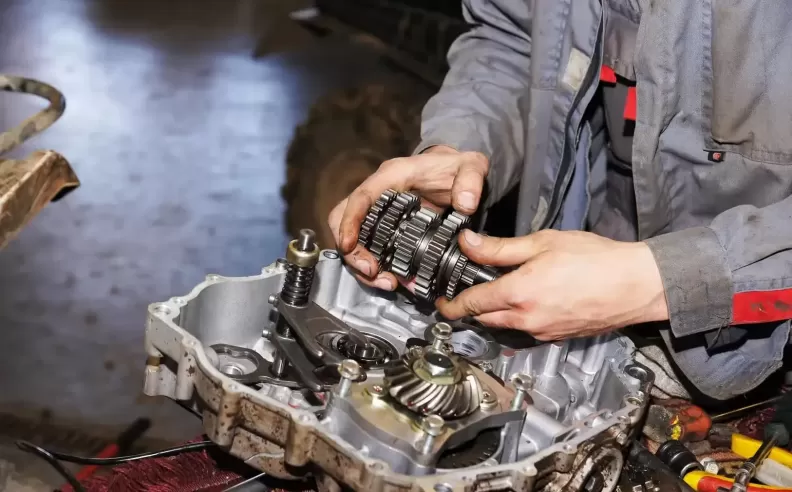
The first step is listening carefully to the type of noise, as a clicking sound may indicate a clutch or mount issue, while grinding points to worn gears. A road test at different speeds helps pinpoint when the sound appears. Checking the transmission oil level and its condition is also essential, as dirty or low fluid often triggers friction noise. For a precise assessment, specialized diagnostic tools such as OBD-II scanners can detect electronic errors, especially in automatic transmissions. Professional inspection is strongly recommended when the problem persists.
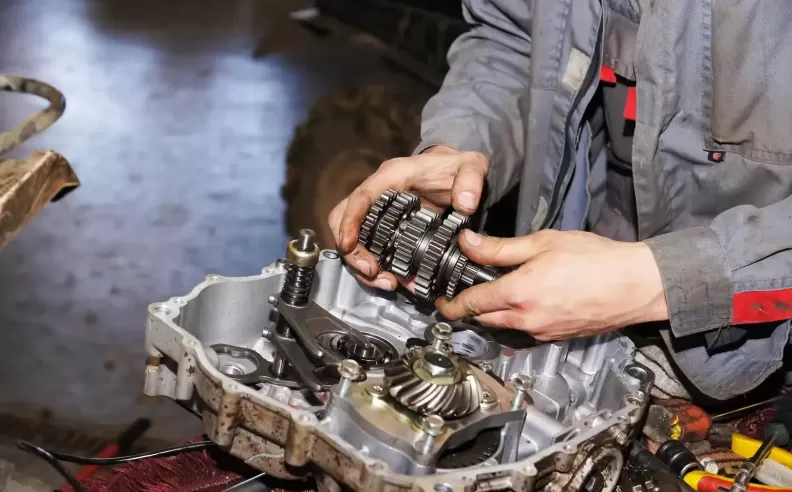
The solution depends on the root cause. If the issue is old or low transmission oil, replacing it usually resolves the problem. A completely worn clutch needs to be replaced for smoother gear engagement. Damaged gears or synchronizers require repair or replacement to eliminate grinding. In automatic cars, a certified workshop should check the torque converter and control systems, as these are complex components. Inspecting and tightening engine and transmission mounts is also important to prevent rattling during shifts.
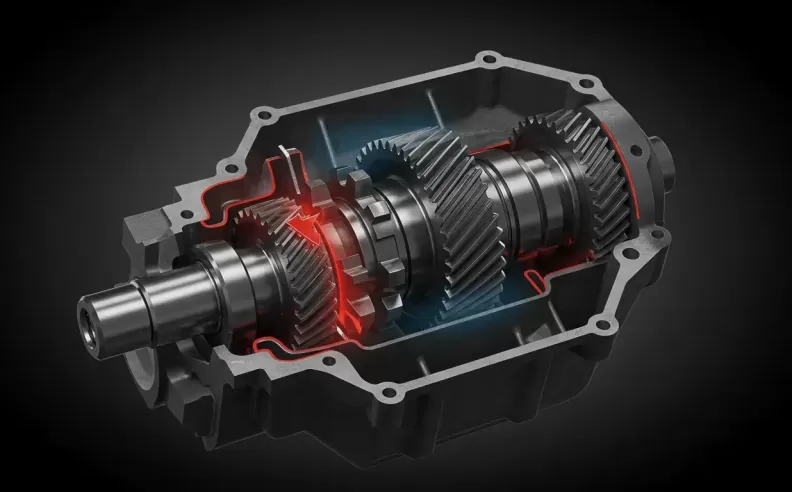
The best way to prevent these issues is regular maintenance as recommended by the manufacturer. Drivers should avoid aggressive shifting, which increases wear on gears and clutch parts. Transmission oil must be checked every 20,000 kilometers to ensure proper lubrication. Most importantly, paying attention to unusual sounds early on and seeking professional service can stop small issues from becoming costly breakdowns.

Started my career in Automotive Journalism in 2015. Even though I'm a pharmacist, hanging around cars all the time has created a passion for the automotive industry since day 1.
